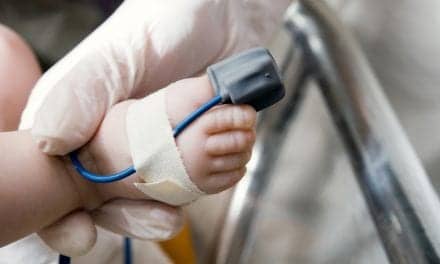Cincinnati Children’s Hospital Medical Center has launched a pediatric lung transplant program that it says will be one of the few in the U.S. capable of performing transplants for infants as small as 5 kilos (about 11 pounds).
Currently, only two U.S. hospitals perform more than 10 pediatric lung transplants a year; Cincinnati Children’s goal is to reach that level within three years, according to the hospital. The program also will make it possible for the medical center to perform heart-lung transplants and other multiple organ transplants when needed.
The hospital has extensive experience in pediatric organ transplantation, including more than 525 liver transplants, 295 kidney transplants, 90 heart transplants and 40 intestinal transplants, according to Cincinnati Children’s, which was recently ranked No. 2 in the nation for pulmonary medicine by U.S. News & World Report.
The lung transplant program will be led by CCH medical director Marc Schecter, MD, who has participated in more than 90 pediatric lung transplants, and surgical director David Morales, MD, who has been involved in more than 50 such procedures.
Since 1988, there have been approximately 1,100 pediatric lung transplants performed in the United States, according to CCH, and over 3,000 total U.S. patients since the first successful lung transplant was performed in 1986.
According to the National Heart, Lung and Blood Institute statistics cited by CCH, 78 percent of patients survive the first year, 63 percent of patients survive three years, and 51 percent of patients survive five years after a lung transplant.









